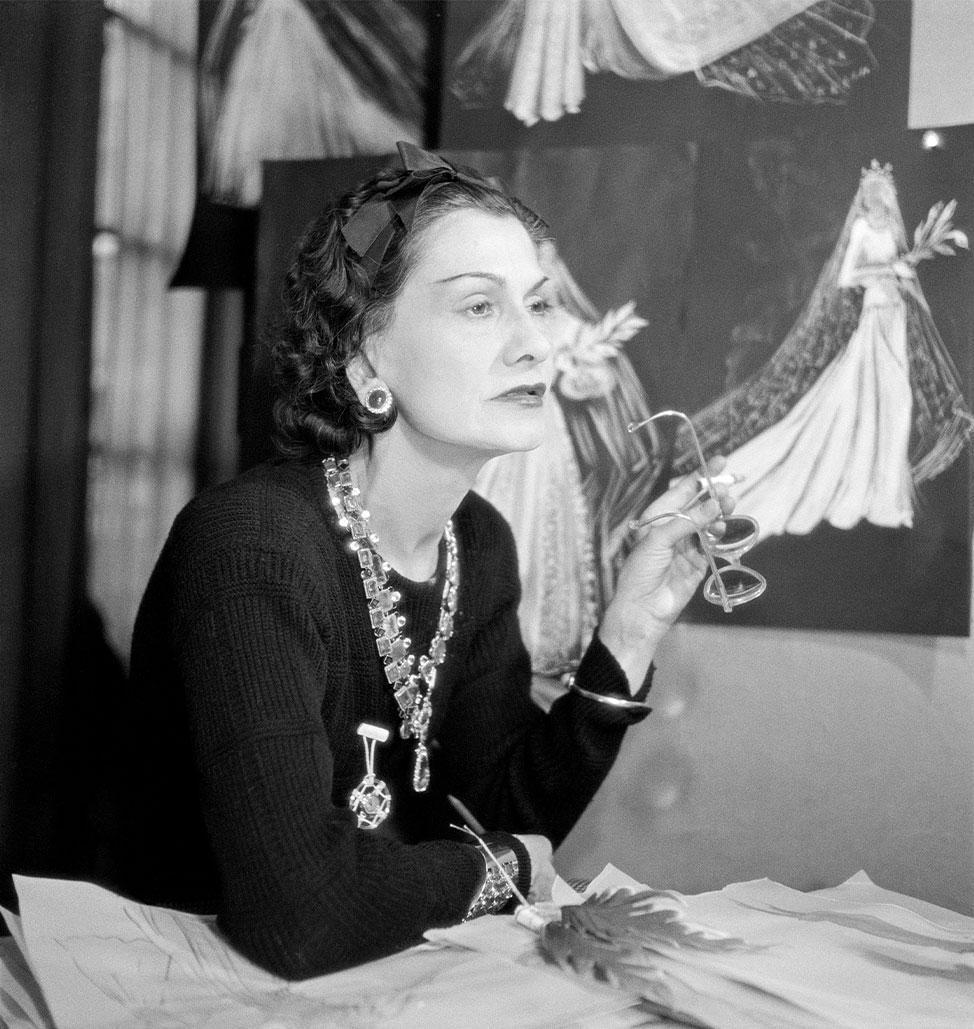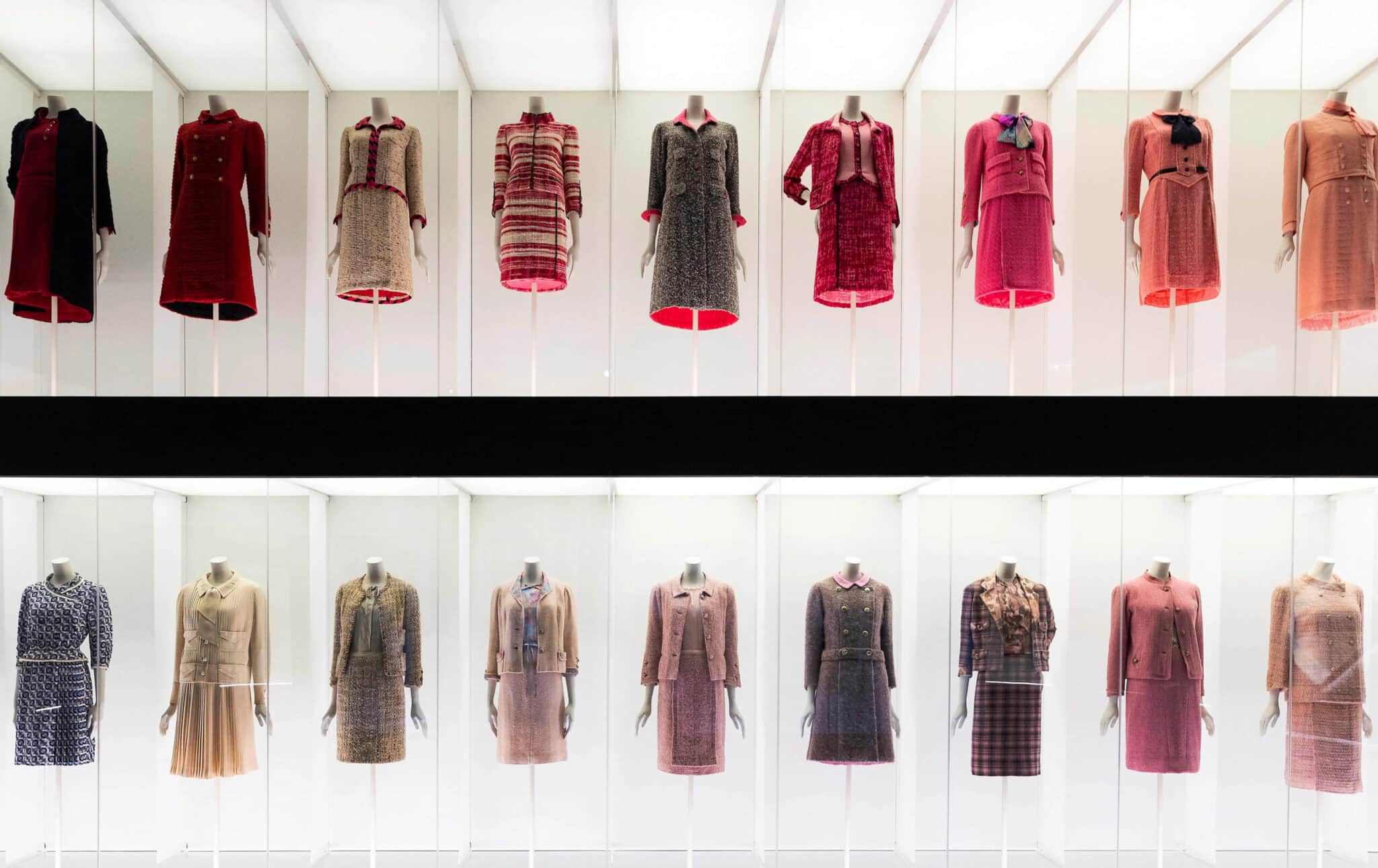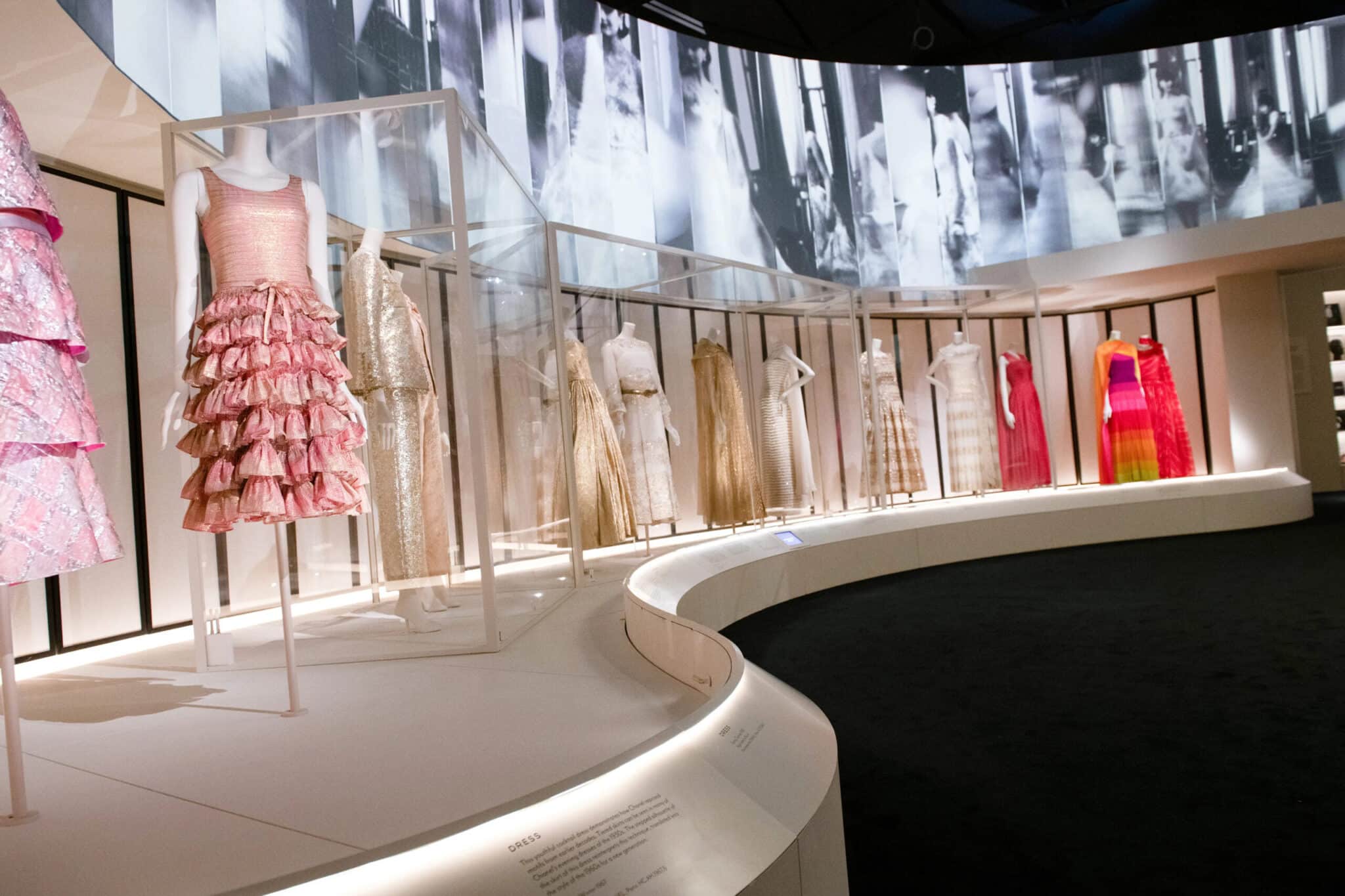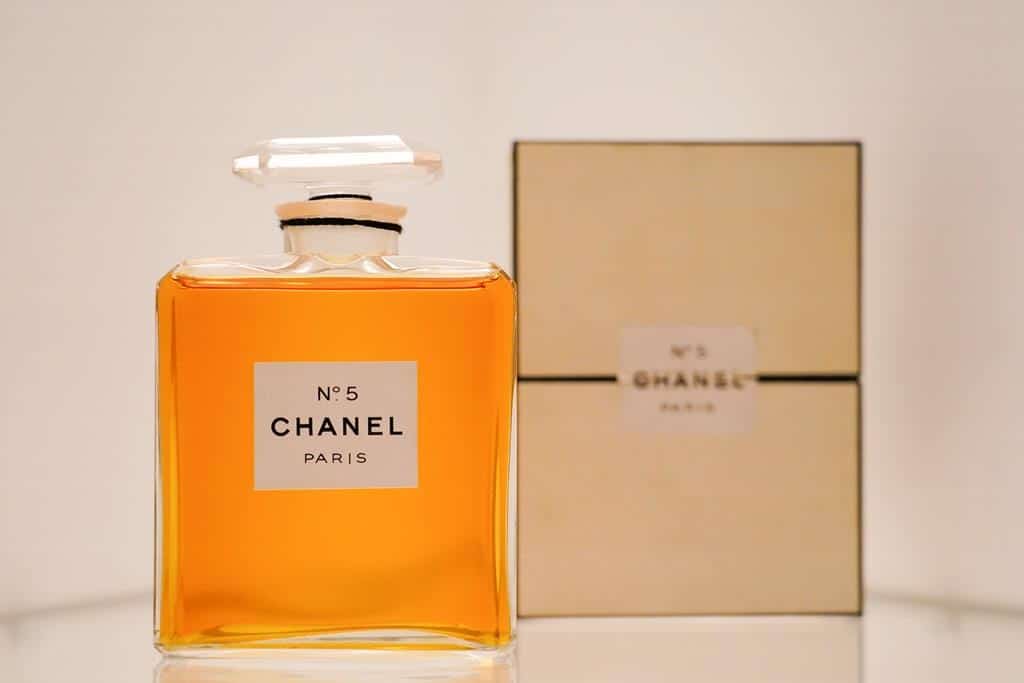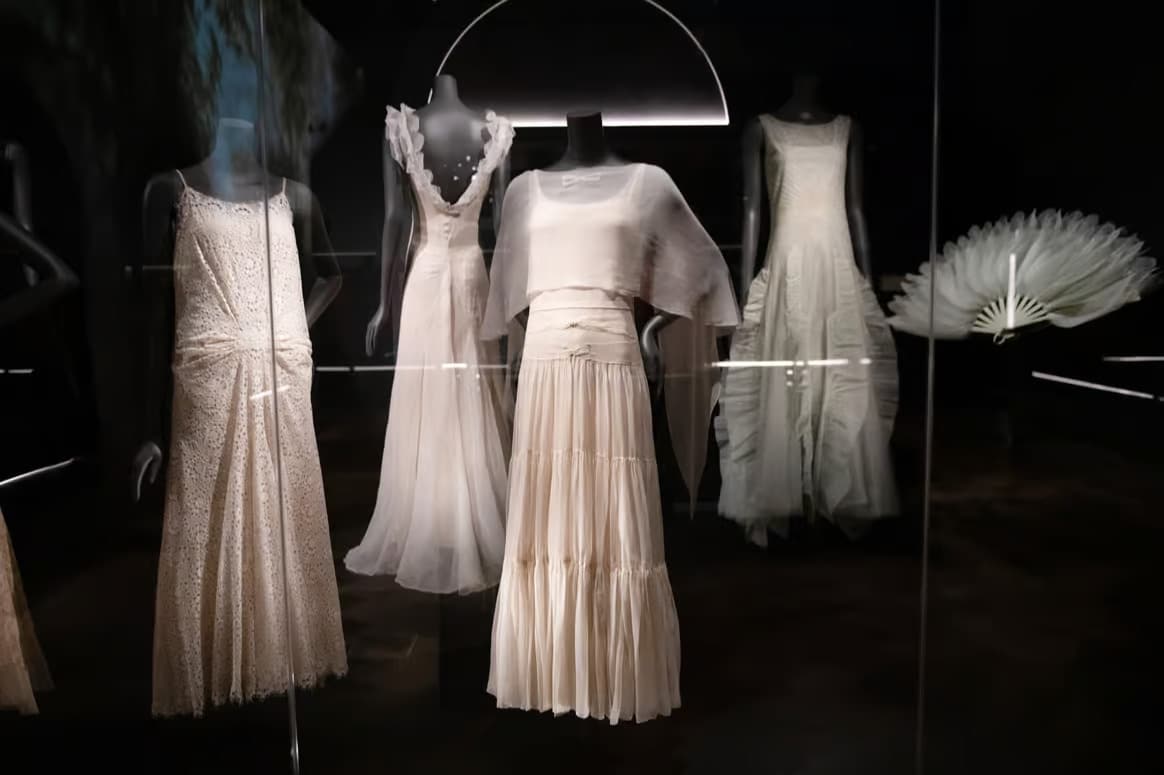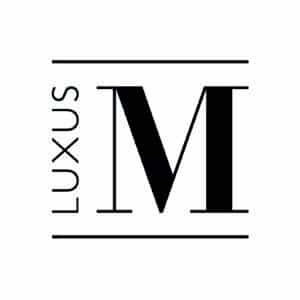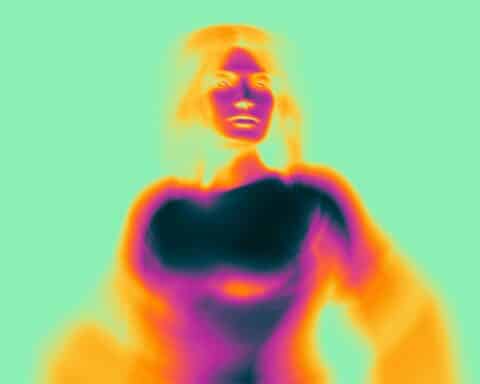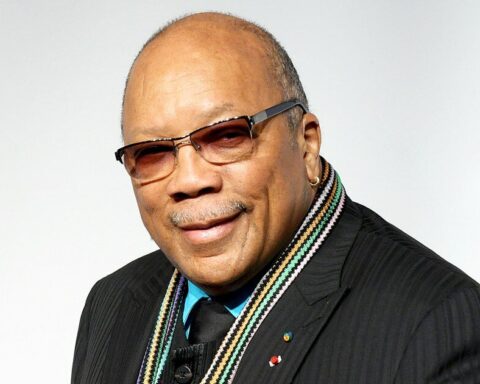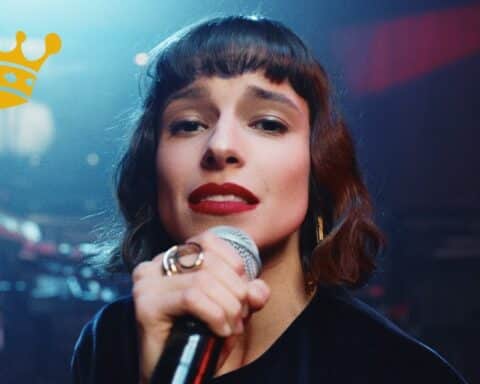From September 16 to February 25, London’s Victoria & Albert Museum is devoting an exhibition to Coco Chanel, the unheralded French designer. In addition to sublime outfits, this major retrospective uncovers evidence that the fashion designer was a proven member of the French Resistance. But unpublished documents also prove, on the contrary, that she acted as a Nazi agent…
The exhibition “Gabrielle Chanel. Fashion Manifesto” was officially opened to the general public on Saturday, September 16, 2023, marking the first British exhibition dedicated to the work of the famous French couturier Gabrielle, nicknamed “Coco” Chanel. It will run until February 25, 2024.
The exhibition traces the evolution of her iconic style and the history of the House of Chanel, from the opening of her first hat store in Paris in 1910 to the presentation of her final collection in 1971.
But in addition to the designer’s iconic pieces, the exhibition features documents relating to her activities in occupied Paris. “We couldn’t do an exhibition on Chanel without addressing her wartime past,” said curator Oriole Cullen.
Historical blur
Previously unpublished documents reveal that the name “Gabrielle, aka Coco Chanel” is among a list of 400,000 people whose contribution to the Resistance is officially documented. “We have confirmations from the French government, including a document dated 1957, which attests to her active involvement in the resistance,” confirms the curator.
But the museum also presents solid evidence of Chanel’s collaboration with German authorities during the occupation of Paris. This evidence includes transcripts of post-war interrogations of three Nazi officials, each of whom mentions Coco Chanel as a trusted source. Ms. Cullen emphasizes that “this new evidence does not exonerate her. It simply complicates the picture. All we can say is that she was involved on both sides.”
According to Ms. Cullen, the designer’s childhood, spent in a French convent after the death of her mother and the disappearance of her father, shaped a self-protective personality that instinctively turned to the right. According to her, the designer was above all “a survivor, constantly looking for opportunities to progress in life.”
In the 1940s, Chanel had a relationship with a Nazi officer, Baron Hans Günther von Dincklage, which she used to have her nephew, André Palasse, released from a German prisoner-of-war camp.
Fashion exhibition
Adapted from the original exhibition “Gabrielle Chanel. Fashion Manifesto” at the Palais Galliera in Paris in 2020, this new version has been redesigned by London’s Victoria & Albert Museum and features over 100 new pieces, including 60 new looks, as well as a variety of accessories, perfumes and jewelry. In all, almost 200 exceptional models are brought together for this unique occasion.
“We didn’t want to neglect its wartime past, but it’s important to remember that this exhibition is first and foremost about fashion,” said Oriole Cullen.
The exhibition therefore features fragile evening wear usually preserved in the museum’s archives, as well as the revolutionary “evening pants” that once shocked French society. Highlights include one of the very first Chanel garments dating from 1916, original costumes designed by the designer for the Ballets Russes production of Le Train Bleu in 1924, and outfits created especially for Hollywood legends Lauren Bacall and Marlene Dietrich. In addition, a special section tells the iconic story of Chanel No. 5 fragrance, which has become a signature worn by renowned celebrities from Marilyn Monroe to Andy Warhol.
Close ties with Great Britain
Among the 100 pieces newly added to the exhibition since its presentation in Paris, many will focus on Chanel’s links with Great Britain. An oil painting of Chanel by Winston Churchill testifies to her close relationship with British society, forged in particular by her romance with the Duke of Westminster. In fact, the Nazis gave the designer the code name “Westminster”.
The exhibition also highlights Coco Chanel’s lesser-known relationship with the British manufacturing industry. On display will be a red silk velvet evening gown, complete with elbow-length gloves, designed for the designer by the Manchester Velvet company in 1932. During this decade, Coco even founded a company, British Chanel Ltd, to produce her designs from British fabrics, including linen from Northern Ireland and lace from Nottingham.
“Chanel had very high standards, and this link testifies to the past existence of a high-quality textile industry in Britain, now sadly extinct,” Oriole Cullen points out.
Unlike the museum’s recent exhibition on Dior, which told the story of a fashion house that survived for 66 years after the death of its founder, the Chanel exhibition closes with Chanel’s death in 1971. The exhibition focuses on the designer’s personality and, given the controversies surrounding her life, even takes on a political dimension.
Read also>SARAH BERNHARDT EXHIBITION: THE DIVINE WAS KNOWN ACROSS THE SEAS
Featured photo : ©Chanel




